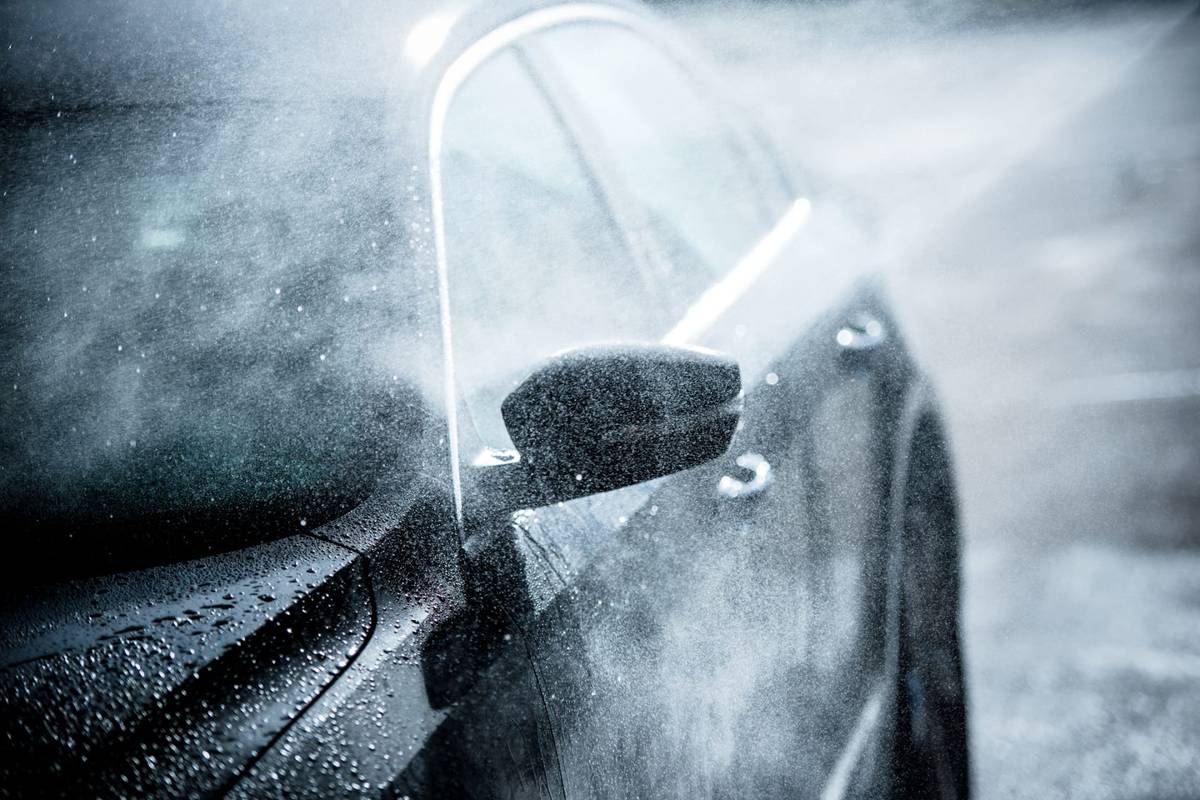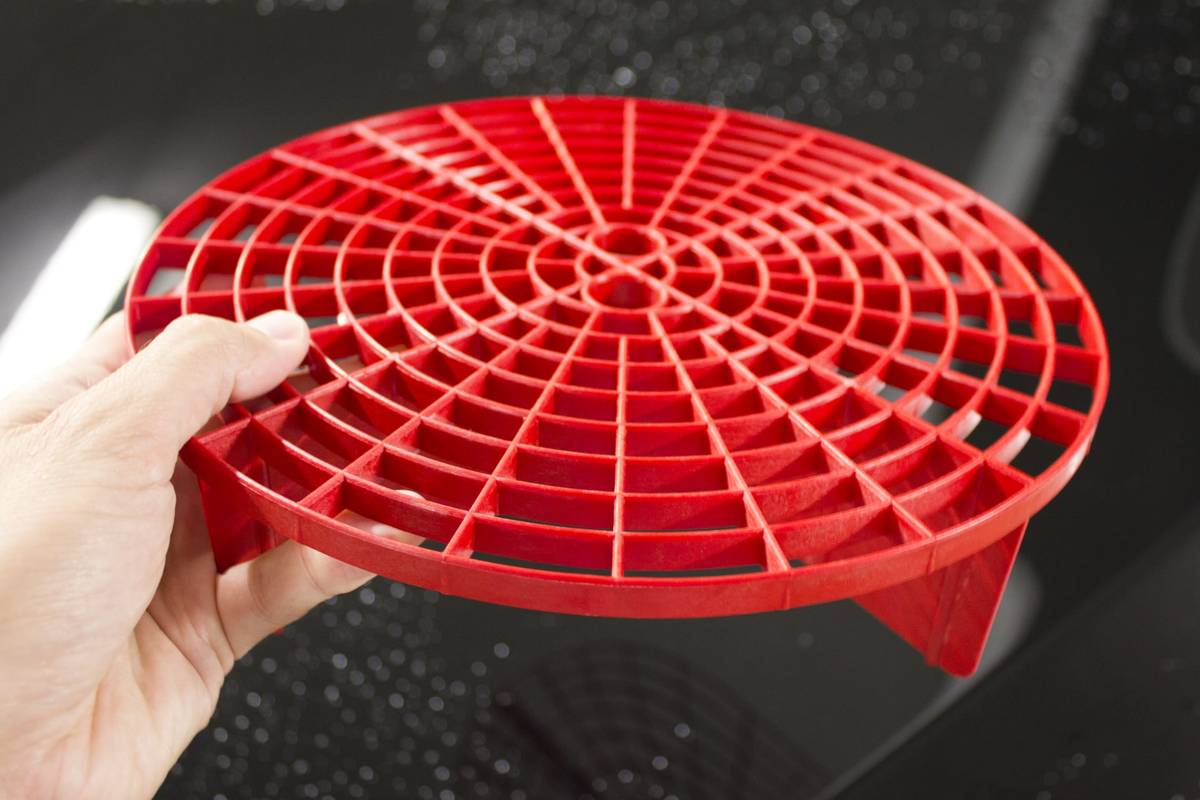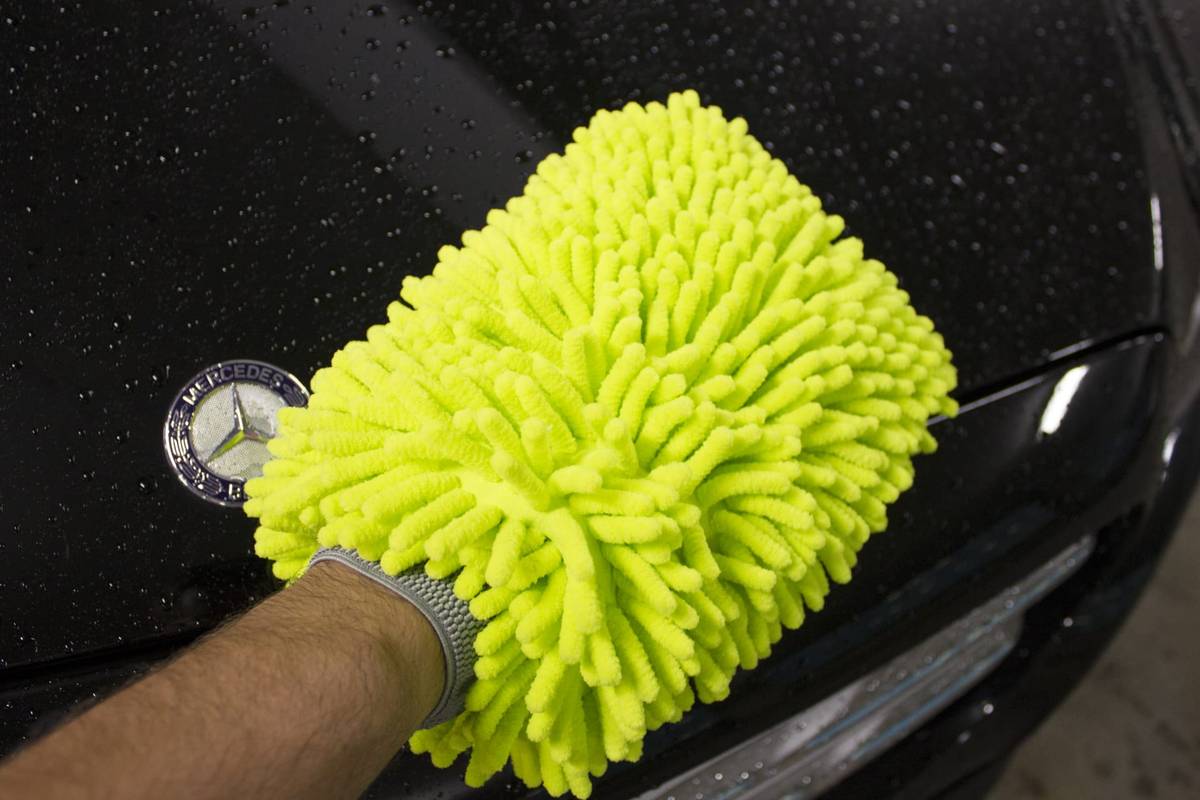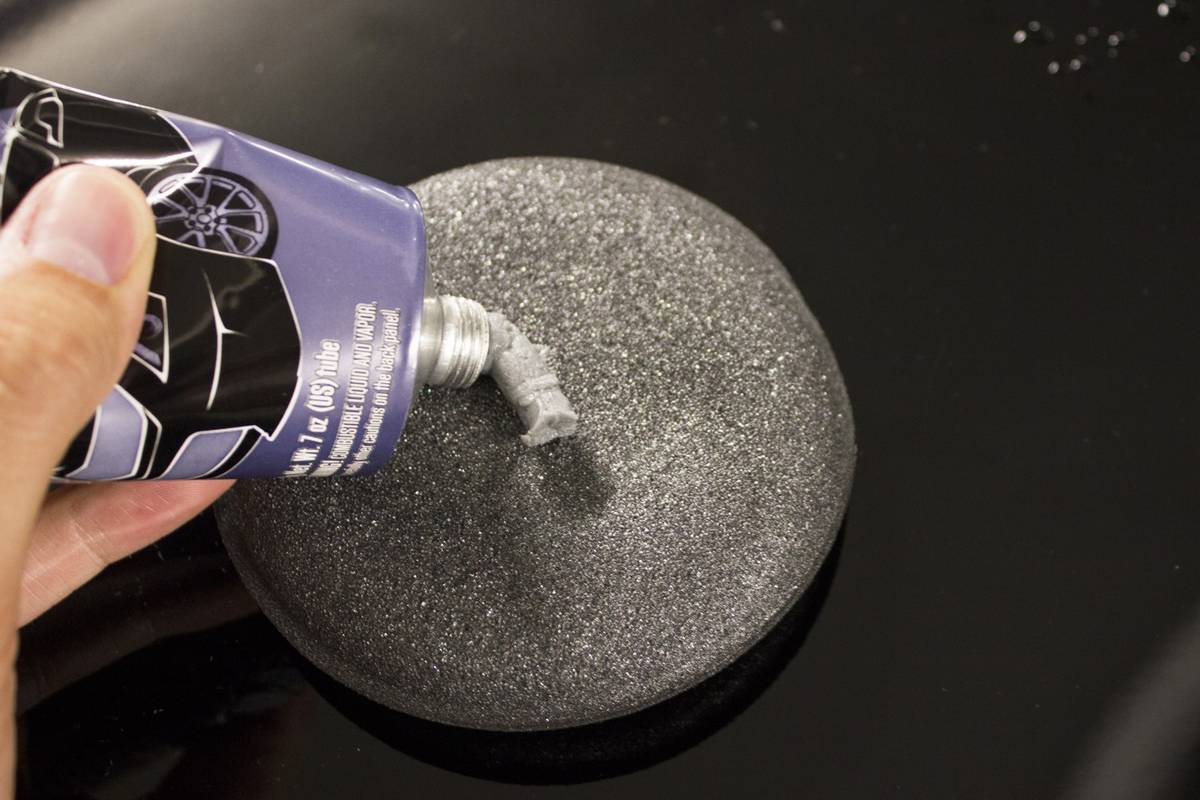The Best Way to Wash Your Car


CARS.COM — You’ve spent thousands of dollars on your car. When it’s time to wash it, make sure you’re doing it the right way with our tips for the best at-home car wash. Below, we outline the two-bucket method of car washing, which has a few more steps — and buckets — than your typical Sunday morning hand wash cleaning, but is a must to keep your car’s coat of paint scratch-free.
Related: More Maintenance Stories
First, remove as much mud and dirt from your car’s exterior with a water hose or high-pressure car-wash hose. This will make sure that the dirt on your car’s surface isn’t ground into the paint job, creating scratches and swirls.
After you’ve rinsed off the car, it’s time to prep your cleaning buckets. One bucket is exclusively filled with the car-wash solution and water for soaping up the wash mitt, while the other bucket is used as a rinse bucket to get rid of the dirt and debris picked up on the wash mitt from the car’s exterior.

Place the first Grit Guard insert into one of the buckets and fill that pail with plain water. The other bucket should be used for your cleaner and wash solution; it should also have a Grit Guard at the bottom. Be sure to use a car-wash soap and not dish soap or some other detergent that can strip the wax off your car’s paint.

Start washing at the car’s top and work your way down, rinsing the mitt or sponge in the plain water bucket and rubbing it against the Grit Guard after each pass. This will dislodge debris from the mitt and keep it from scratching the paint. The Grit Guard traps the dirt and debris at the bottom of the bucket, keeping it off your mitt. After rinsing the mitt in the water bucket, dip it again into the car-wash soap solution and continue to work your way down the car.
After the car has been washed, it’s time to dry it. But don’t break out your old beach or bathroom towels for the job. Instead, pick up some waffle-weave microfiber towels. The microfiber material won’t scratch the paint. A chamois works well for this part of the cleaning process, too.

Don’t drag or wipe the car’s surface with your towel. Instead, lay the microfiber towel on an area and blot up the water. This is an especially useful technique with black cars that are more prone to showing small hairline scratches than other colors.
If you don’t have the time — or patience — for the blotting method, slowly move the microfiber towel over the car’s surface. An unorthodox drying method that’s a time saver is to use a leaf blower or air compressor with the proper attachment to dry the car’s exterior without any physical contact. A leaf blower is especially helpful in drying side mirrors or intricate grilles.

The final step is to apply wax as soon as possible to your freshly cleaned car, but be sure to check the owner’s manual for wax frequency recommendations if you have a new car. Use a quality brand wax, and be sure to apply it with the recommended microfiber applicator. And keep in mind that modern synthetic waxes are easier to use than traditional carnauba waxes.
While you can save some time by taking your car to an automatic car wash, there’s no guarantee that its spinning brushes are free from the dirt and debris of the cars that passed through before you. Putting some sweat equity into your car’s exterior means you can guarantee that the paint job will stay cleaner, longer and free from scratches and swirls.

Managing Editor Joe Bruzek’s 22 years of automotive experience doesn’t count the lifelong obsession that started as a kid admiring his dad’s 1964 Chevrolet Corvette — and continues to this day. Joe’s been an automotive journalist with Cars.com for 16 years, writing shopper-focused car reviews, news and research content. As Managing Editor, one of his favorite areas of focus is helping shoppers understand electric cars and how to determine whether going electric is right for them. In his free time, Joe maintains a love-hate relationship with his 1998 Pontiac Firebird Trans Am that he wishes would fix itself. LinkedIn: https://www.linkedin.com/in/joe-bruzek-2699b41b/
Featured stories



